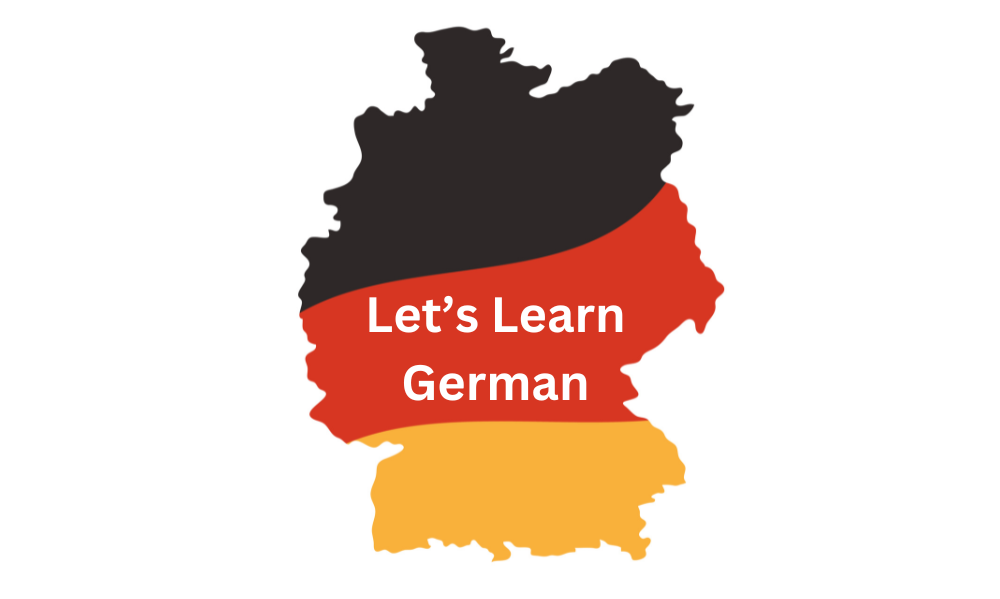GERMAN LANGUAGE

- The history of German as we know it today goes back to the Indo-European family of languages.
Back in 750 BCE, there was a “Germanic Sound Shift” in the ancestral language that saw new ways of pronouncing words in German.
This German language was used by Germanic tribes. - When you’re a tourist in a German-speaking country, you can get by fairly easily with a handful of essential German words and phrases.
- However, if you dream of starting a new life or career in Germany, Austria, or Switzerland, memorizing a phrasebook won’t cut it.
- You’ll need to learn German well enough to engage in long conversations, follow detailed instructions, and clearly express a wide variety of needs and concerns.
- But how can educational institutions, potential employers, or immigration officials see that you have the required German skills?
- A German language certification can show that you have mastered enough German to succeed as a student, a professional, a resident alien, or a full-fledged citizen in a German-speaking country.
- We’ll take a close look at seven of the most important German language certifications. These certifications are internationally recognized tests that can bring you a step closer to your goal to live, work, or study in a German-speaking country.
- First, we’ll touch briefly on how these certifications use a common standard to measure your proficiency in German.
- German language proficiency levels People around the world learn German in so many different ways — in the classroom, through apps, via private tutoring, or even on the job. This can make it difficult to confirm that someone has all the skills they need to work, study, or apply for citizenship in a German-speaking country.
- To set a standard for language fluency, the Council of Europe developed the Common European Framework of Reference for Languages. Known as CEFR, this six-tiered system describes levels of language ability from “Basic” to “Proficient.”
Learners are evaluated in the four areas of language use: listening, reading, speaking, and writing.
A1 (Lower Beginner)
At the A1 level, you should be able to understand simple German sentences and recognize basic words that describe yourself and the world around you.
You can use familiar greetings and introduce yourself. You can also write simply, for example, filling out forms.
You can understand fundamental German vocabulary in slow speech.
A2 (Upper Beginner)
You can relate information about your job, your family, and your basic needs at the A2 level.
You can understand practical materials like train schedules. You can also comprehend short written and spoken messages.
B1 (Lower Intermediate)
At the B1 level, you can start to enjoy more German media, grasping the main ideas of TV or radio programs that have slow and clear narration.
Your written and spoken expressions also become more sophisticated.
B2 (Upper Intermediate)
Reaching the B2 level means that you can appreciate German media more fully, although you might still struggle with fast dialogue or idiomatic expressions.
Your use of German is more nuanced at this level.
The right words, expressions, and grammar come more easily to you, with much less hesitation than at lower levels.
C1 (Lower Advanced)
At the C1 level, your use and understanding of German becomes more intuitive.
You can read deeper into the German you see and hear, engaging in more complex conversations and enjoying more native-level media.
C2 (Upper Advanced/Fluent)
Your mastery at the C2 level lets you produce and understand highly complex German.
This is close to native-level German fluency. Even accents from different parts of the German-speaking world don’t throw you off.
